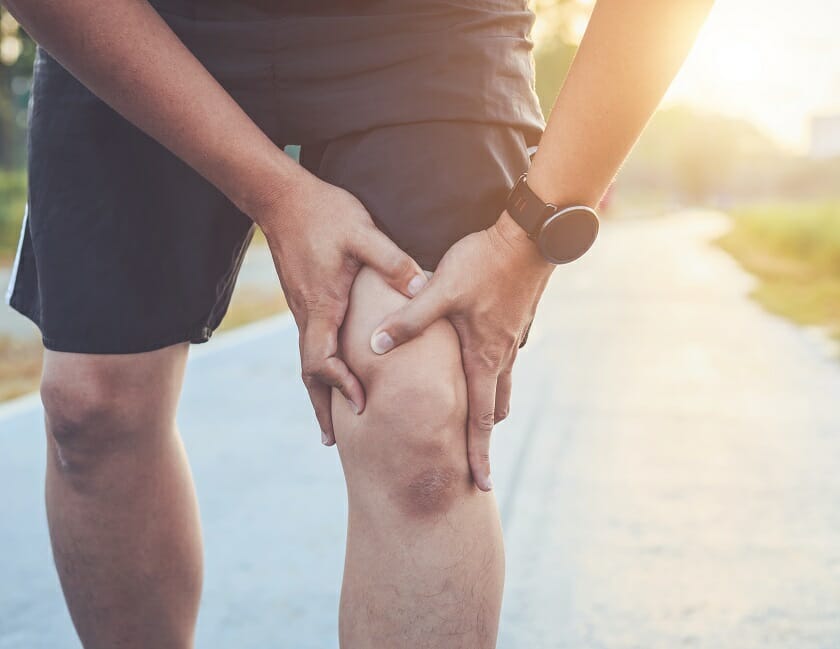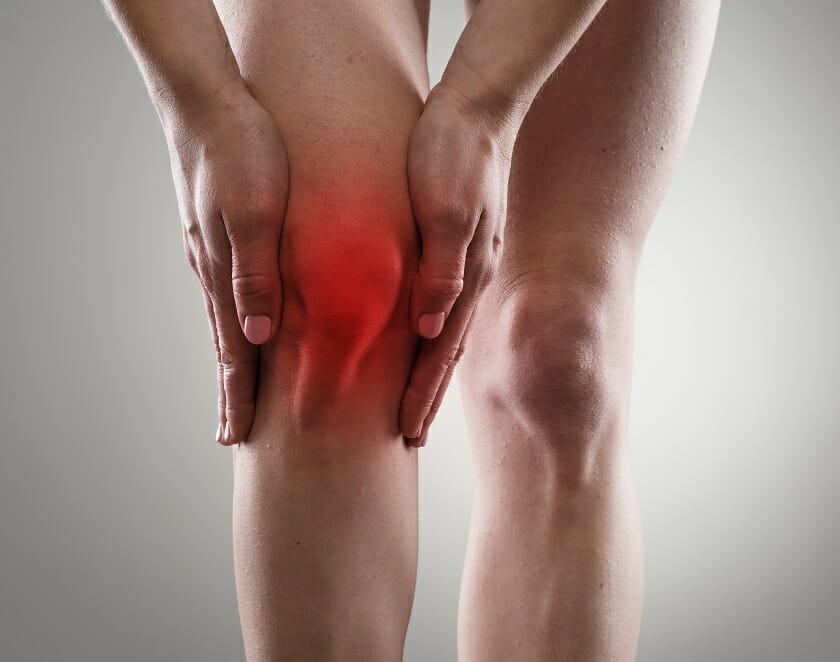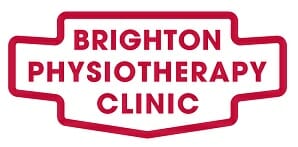Treatment for Patellofemoral (Knee/Kneecap) Pain
What is Patellofemoral Pain?
Patellofemoral pain is also known as runner’s knee. However, this condition is not limited to runners. It is broadly used to describe several knee problems ranging from mild to severe discomfort. Patellofemoral pain originates from the contact of the back of the kneecap with the thigh bone (femur).
Patellofemoral pain is a common knee complaint of both young, active people and the elderly. It mostly occurs from excessive patellofemoral joint pressure and poor kneecap alignment. In some cases, chondromalacia patella is present. This is the breakdown or softening of the articular cartilage on the underside of the kneecap, which can lead to inflammation and pain in the underlying bone.

What Are the Causes of Patellofemoral Pain?
There are a number of factors that can cause patellofemoral pain. These include:
- Trauma: A direct hit to the knee from a blow or fall.
- Injury: Trauma to the kneecap such as a fracture or dislocation.
- Overuse: High-stress exercises such as lunges, plyometrics, squats or bending your knees continuously can irritate the tissues around your kneecap.
- Muscle weakness: This occurs when the muscle around the knee or hip does not align your kneecap properly. It is usually associated with inward movement of the knee when in a squat position.
- Feet problems: These include hypermobile feet, flat feet or overpronation. They alter the way you walk and result in knee pain.
- Chondromalacia patella: A condition where the cartilage under your kneecap breaks down.
- Maligned bones: A condition where the bones from your hips to your ankles are out of position. This puts pressure on your kneecap and causes pain.

Treatment of Patellofemoral Pain
- Exercises: Exercise therapy is the first line of treatment for patellofemoral pain syndrome. Exercises are recommended based on the type of joint movement, muscle activity and reaction forces. Exercises are designed to strengthen the quadriceps and stabilise the patella. The quadriceps are the main stabilisers of the kneecap so most of the therapy focuses on this area.
- Orthotics: Your GP might recommend shoe inserts to align and stabilise your ankle and foot. It also relieves stress from your lower leg.
- Medication: Over the counter medication includes pain relievers such as acetaminophen, naproxen sodium and ibuprofen.
Will Patellofemoral Pain Require Surgery?
In the event that nonsurgical treatment doesn’t work, your GP may suggest one of the following procedures:
- Realignment: A knee operation that relieves pressure on the cartilage and realigns the angle and the kneecap.
- Lateral release: This procedure involves cutting through the lateral retinaculum tendon in the cases that it is too tight, so that the patella can slot back into the trochlear groove and restore correct alignment.
- Arthroscopy: A procedure in which a doctor makes a tiny incision and inserts a thin device into your knee to remove damaged cartilage.
